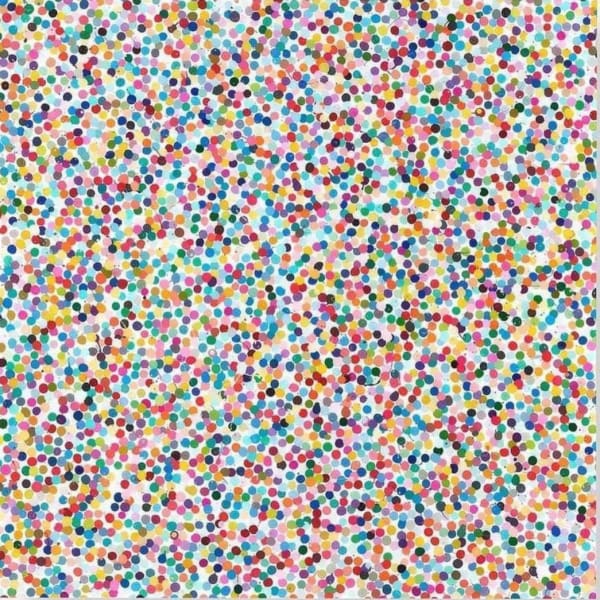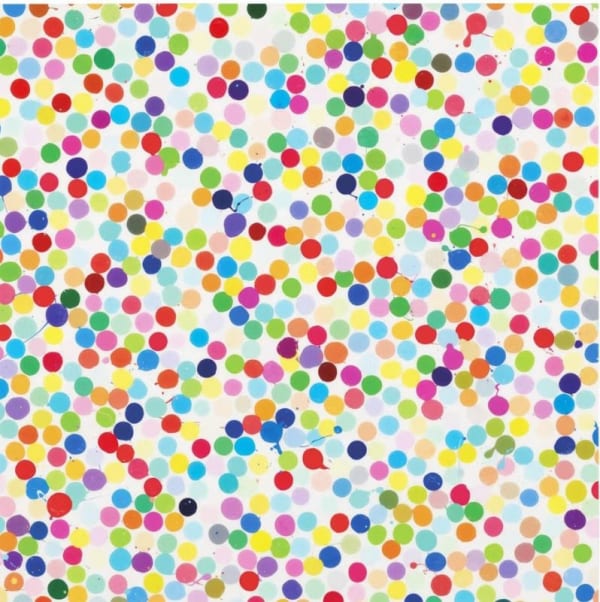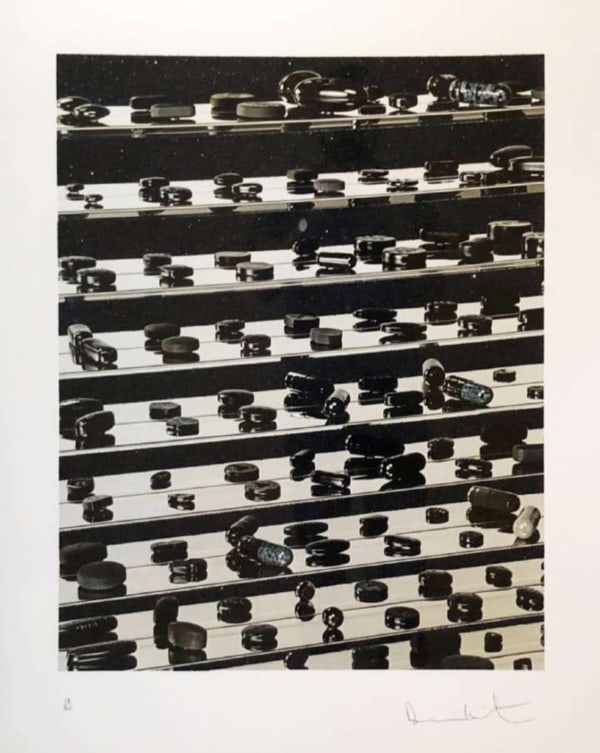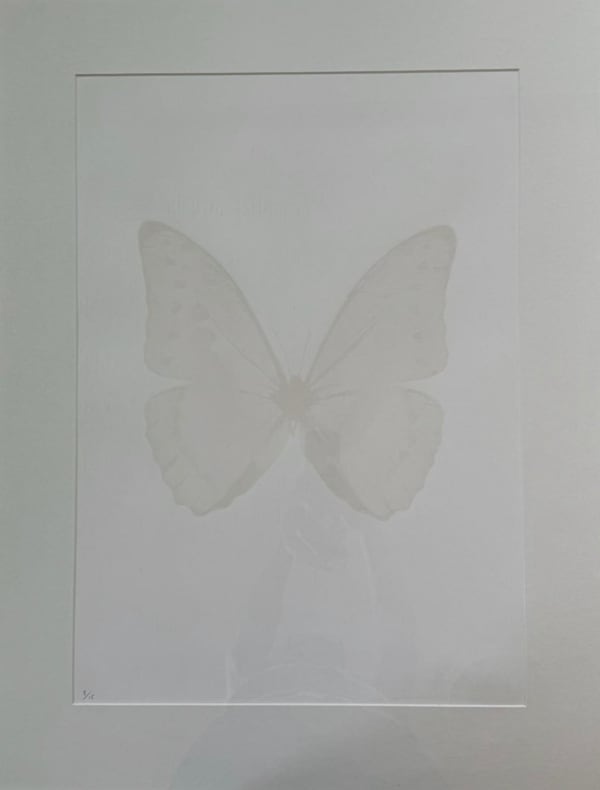Damien Hirst is a British contemporary artist, born on June 7, 1965, in Bristol, England. He is best known for his provocative works that explore themes of life, death, and the human condition. Hirst rose to prominence in the 1990s as one of the leading figures in the "Young British Artists" (YBA) movement, alongside artists like Tracey Emin and Sarah Lucas.
Hirst's works often incorporate shocking imagery and materials, such as animals preserved in formaldehyde, as seen in his iconic pieces like The Physical Impossibility of Death in the Mind of Someone Living (1991), which features a shark suspended in a tank of formaldehyde. This piece, alongside his Mother and Child (Divided) (1993), which features a cow and calf cut in half and displayed in separate tanks, epitomize his fascination with mortality.
He has also worked in a variety of mediums, including painting, sculpture, and installations. One of his notable series is Spot Paintings, which consists of grids of colorful dots, each painted by hand, emphasizing his interest in repetition and the mechanics of production. His Spin Paintings, created using a spinning technique, reflect a more chaotic approach to art-making.
Hirst's work has often been controversial, both for its challenging content and for its commercial success. In 2008, he made headlines by auctioning off a major body of his work at Sotheby’s, a move that shocked the art world for its direct involvement in the market. Despite criticism over the commodification of art, Hirst remains one of the wealthiest and most influential living artists.
Hirst's work continues to provoke debates on the nature of art, death, and consumerism, and his contributions to contemporary art have solidified his position as a central figure in the art world.





